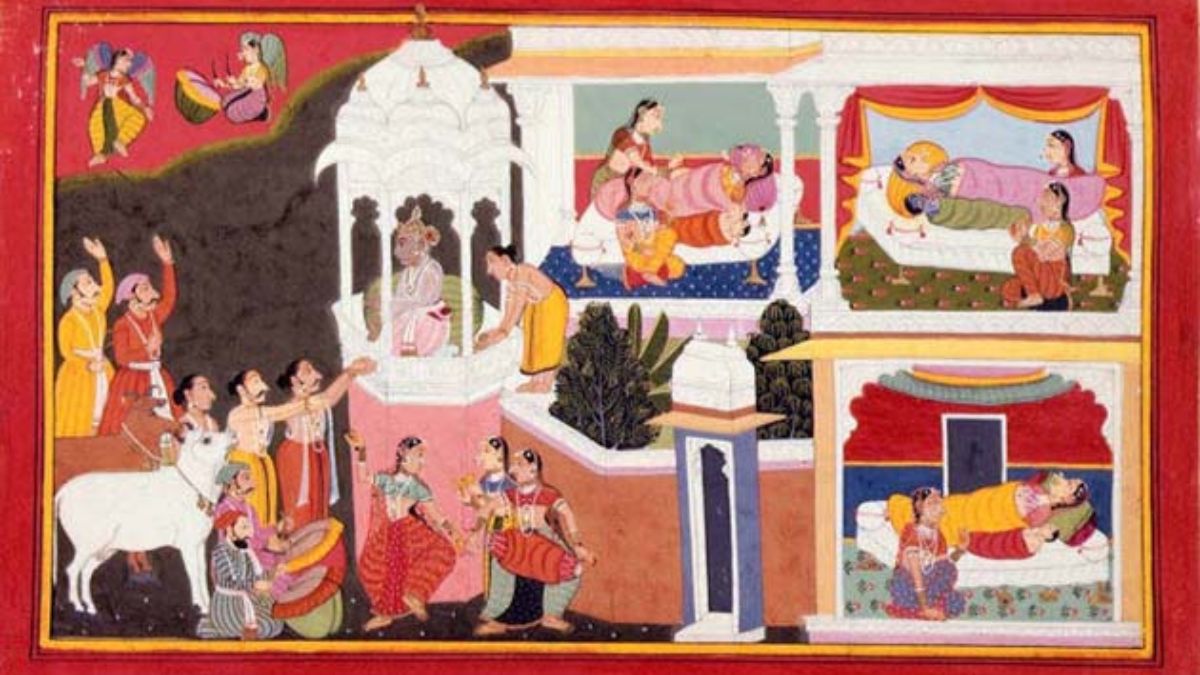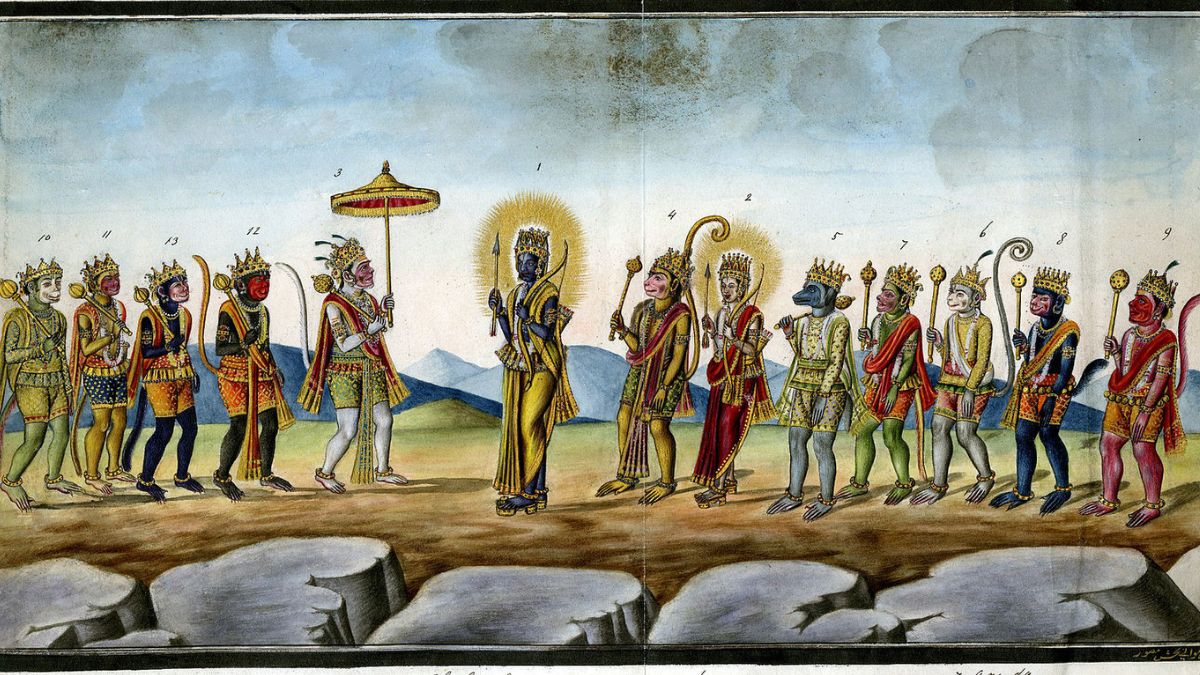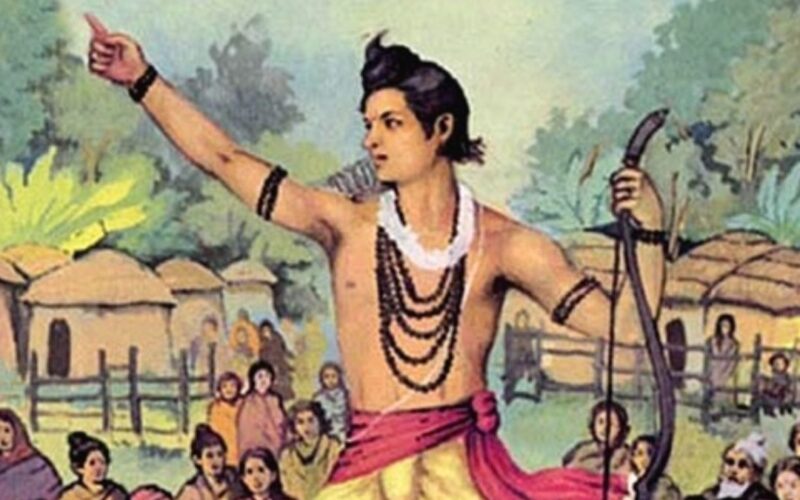Ramcharitmanas, composed by the revered sage Tulsidas, stands as a cornerstone in the realm of Hindu epic literature. This masterpiece narrates the divine saga of Lord Rama, offering spiritual wisdom, moral teachings, and a profound exploration of devotion. In this exploration, we delve into ten key facts that illuminate the significance and timeless appeal of Ramcharitmanas.
Divine Composition
Ramcharitmanas is a revered composition written in the Awadhi language, a dialect of Hindi, during the 16th century by Tulsidas. This epic poem, comprising over 12,000 verses, narrates the life, exploits, and teachings of Lord Rama, the seventh avatar of Lord Vishnu.
Spiritual Significance
Widely regarded as a scripture that combines spiritual depth with literary brilliance, Ramcharitmanas holds a special place in the hearts of millions of devotees. It serves as a guide for righteous living, emphasizing the values of dharma (righteousness), devotion, and the pursuit of a higher spiritual purpose.

Ramayana Reimagined
Ramcharitmanas is a retelling of the ancient Indian epic, the Ramayana. Tulsidas’ rendition, however, differs in style and approach from Valmiki’s Ramayana. The poet’s unique perspective infuses the narrative with emotional depth and devotional fervor, making it accessible to a wider audience.
Devotion to Lord Rama
At its core, Ramcharitmanas is a celebration of unwavering devotion to Lord Rama. Tulsidas emphasizes the importance of surrendering to the divine, fostering an intimate and personal connection with God. The epic inspires devotees to emulate the qualities of Lord Rama in their own lives.
Moral Teachings and Ethical Conduct
The narrative of Ramcharitmanas serves as a moral compass, guiding readers on the path of righteousness. Through the trials and triumphs of Lord Rama, Tulsidas imparts valuable lessons on duty, compassion, humility, and ethical conduct. The epic encourages individuals to navigate life’s challenges with grace and virtue.

Cultural Influence
Ramcharitmanas has left an indelible mark on Indian culture, influencing literature, art, music, and dance. Its verses have been set to melodious tunes, becoming an integral part of the devotional musical tradition. The epic’s cultural resonance extends beyond religious boundaries, permeating the diverse tapestry of Indian society.
Language and Accessibility
Tulsidas composed Ramcharitmanas in Awadhi, a language accessible to the common people of his time. This deliberate choice made the profound teachings of the epic accessible to a broader audience, transcending linguistic and social barriers. The use of vernacular language contributed to the widespread popularity of the epic.
Chopai and Doha: Unique Literary Style
Ramcharitmanas is characterized by its unique literary style, employing two distinctive forms of verse – Chopai and Doha. Chopai consists of rhymed couplets, while Doha features two lines with a pause at the end. This rhythmic and melodic style enhances the memorability of the verses, facilitating their recitation in devotional practices.

Hanuman Chalisa: A Jewel Within the Epic
Within Ramcharitmanas lies the renowned Hanuman Chalisa, a devotional hymn dedicated to Lord Hanuman. Comprising 40 verses, the Hanuman Chalisa is recited by millions worldwide to seek the blessings and protection of the devoted monkey-god. Its inclusion within the epic adds an extra layer of spiritual significance.
Unity in Diversity
Ramcharitmanas has played a significant role in fostering unity among diverse communities in India. The epic’s narrative transcends regional and linguistic differences, serving as a common thread that binds people in their devotion to Lord Rama. This shared cultural heritage has contributed to a sense of national identity.
Ramcharitmanas, a literary and spiritual treasure, continues to inspire and guide generations with its timeless wisdom. Tulsidas’ poetic brilliance and devotion to Lord Rama have created a masterpiece that transcends the boundaries of time and culture. The epic’s profound teachings, moral insights, and celebration of divine love make it an enduring source of inspiration for those on a spiritual journey.










